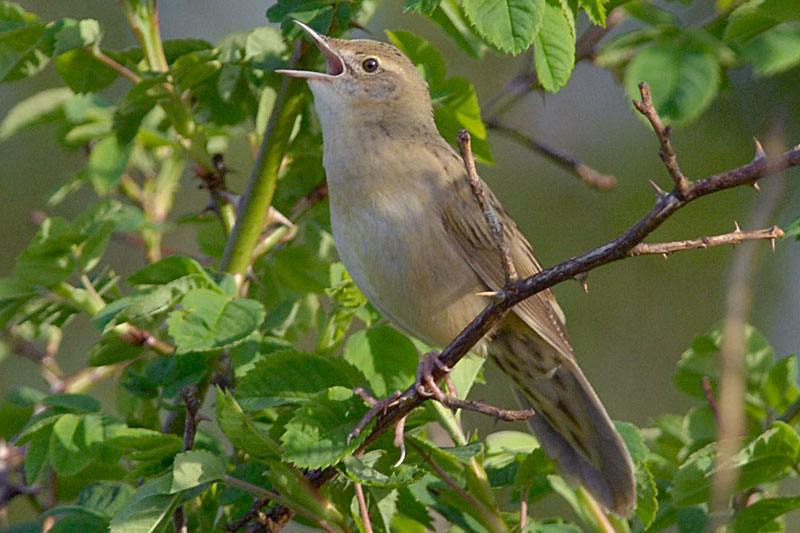
By Megan Lock, GWCT Advisor
Bank Holiday weekends are different for most people. Some like to get away, some spend time with friends and family, while some like to make the most of the time off to be at home. Mine was a mixture of all three.
I was recently told about a small site, a common, no more than 15 minutes away from the village I live in, in the Test Valley, that I had no idea existed. There is no parking, no signs, and a vague description on the internet, so on this basis I was hoping it was going to be good, as it meant there would be less disturbance from other visitors. The site is a SSSI, an area of unimproved grassland and wet fen and where two rivers meet, which is said to be a good place to see owls in the winter and raptors, summer migrants and farmland birds. So, after a week of doing early morning breeding bird surveys, there is nothing better than having a busman’s holiday, or a walk in this case, with the binoculars and my family to check out this new site near home. And I must say it did not disappoint!
We followed a public footpath from the lane, through the woodland to be greeted by a cuckoo calling continuously, and as the woodland opened it ran alongside a couple of arable fields. We reached the common. As I was leading the way, I arrived at the gate first and was stopped in my tracks. I thought I could hear a grasshopper warbler (Locustella naevia) from a way off in front of me on the common, and I could – my first ever one!
The grasshopper warbler, a rather nondescript brown/buff-coloured little bird, about 13cm long with a wingspan of 15-19cm. It is not the easiest warbler to identify visually, but what it lacks in plumage it makes up with its unmistakable high-pitched insect-like call – it sounds just like a very loud grasshopper, hence the name. However, while the call may be easy to identify, pinpointing the small bird in the thick scrub from which it is singing is much harder, as it tends to turn its head as it broadcasts its call like a ventriloquist, which does make it hard to spot its exact location of singing perch.
This little summer migrant from Africa normally arrives about now and stays until August, to breed in the reedbeds of the UK. It is sad to say that the grasshopper warbler has declined hugely in recent decades, giving it Red List species designation. The decline is due to loss of habitat in both its summer and winter ranges. It is found scattered across the UK in summer, but less common in Scotland. It likes areas of scrub, thick grassland, the edges of reedbeds, new forestry plantations, gravel pits with plenty of scattered bushes, and is said to move like a little mouse creeping through the vegetation, and I tend to agree with that. I stood for quite some time trying to locate exactly where this warbler was in the patch of scrub not far from me, but it wasn’t until I saw a tiny bit of movement where it had changed position that I was able to see it for a fleeting moment.
I feel very privileged to finally see and hear a grasshopper warbler; I have been hoping to hear one for quite some years. But I have been told that you must do it sooner rather than later, because as we get older the first part of the hearing to deteriorate is the exact pitch the grasshopper warbler sings at, so make the most of them while you can, as it is sad to think most of us will stop hearing them at some stage in our lives. For now, good things have come to those who have waited, patiently I might add, to finally see one, and I hope you manage to encounter the strange grasshopper-sounding warbler too – soon!
